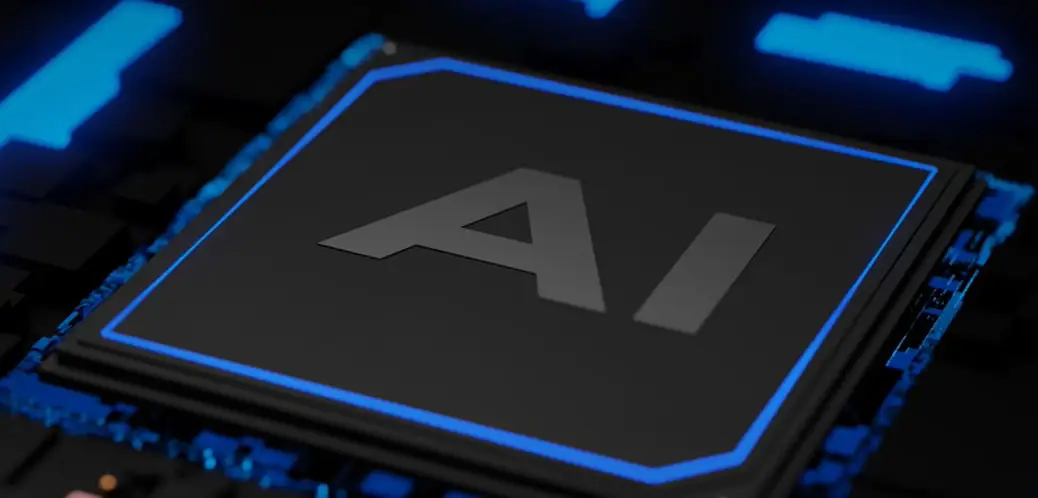- North Carolina company powers JTG Daugherty Racing to pole for Daytona 500 and 2ndplace at Talladega
- High resolution CFD process key to improvements in aerodynamic performance
- JTG says “Engaging D2H has been one of the best investments we’ve made”
D2H Engineering, a company with considerable expertise in aerodynamics and computational fluid dynamics (CFD), has played a key role in recent NASCAR successes for JTG Daugherty Racing. A combination of ANSYS solver and in-house D2H software has boosted resolution and shortened timescales to provide further competitive advantage and move the team up the leaderboard.
Improved aerodynamics has provided the NASCAR Cup Series team with enhanced race performance during the delayed 2020 season, helping them to achieve a number of top-five finishes before a thrilling photo-finish 2ndplace at Talladega, as well as a memorable pole position at the Daytona 500. JTG Daugherty Racing’s close work with North Carolina-based D2H, which has its global headquarters in the UK, has led to performance gains and improved race results thanks to D2H’s novel approach to aerodynamics and CFD.
“JTG Daugherty Racing fought hard to continually raise their performance over the last few years,” said Noah McKay, D2H’s engineering director. “We worked with them for a while on the aero side last year and it was clear to us that our approach to high quality CFD could help make some gains, so in 2020 we have been given the opportunity to help them advance, with great results so far.”
D2H’s strategy towards the CFD process when developing external aerodynamic performance is quite different to many others, as the company is challenging the perception of effective CFD being expensive and time-consuming. McKay explained: “CFD is often viewed as either effective but very costly and long-winded, or affordable but unable to provide useful results.
“However, we use ANSYS CFD software, which we’ve found to be the fastest and most accurate solver while offering us the most options of any CFD software on the market,” he continued. “We have developed our own complementary software such as CAD-Check, which we deploy to further enhance the accuracy and speed of the process while giving us the control we need to manage the quality. In this way we can offer highly effective CFD analysis within a timescale and at a cost which surprises our customers.”
D2H’s CAD-Check software, which rapidly checks CAD data for viability and ensures higher precision results and fewer downstream delays from CAD errors, has been an important part of the jigsaw. McKay added, “CAD-Check can save days of engineering time versus a more trial and error approach, and it can be driven by the aero engineer with no requirement for CFD engineering input.”




